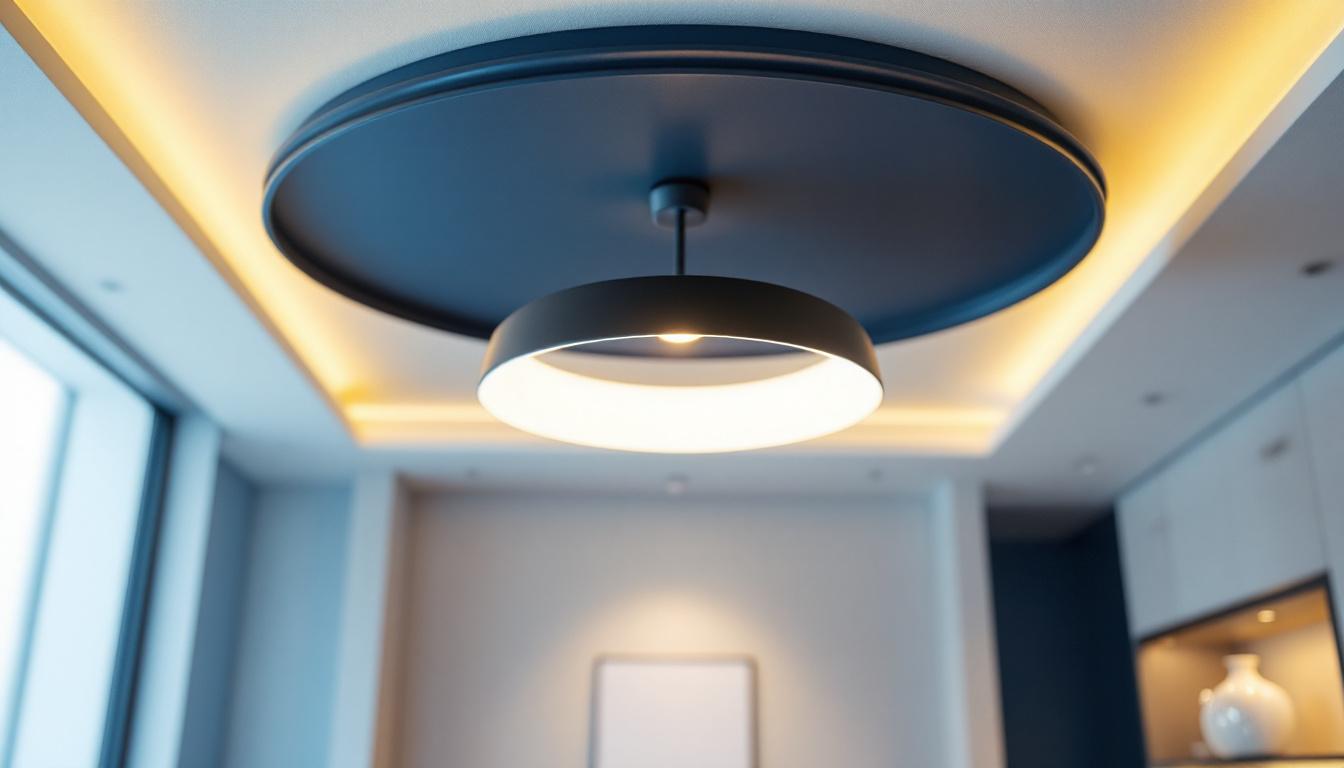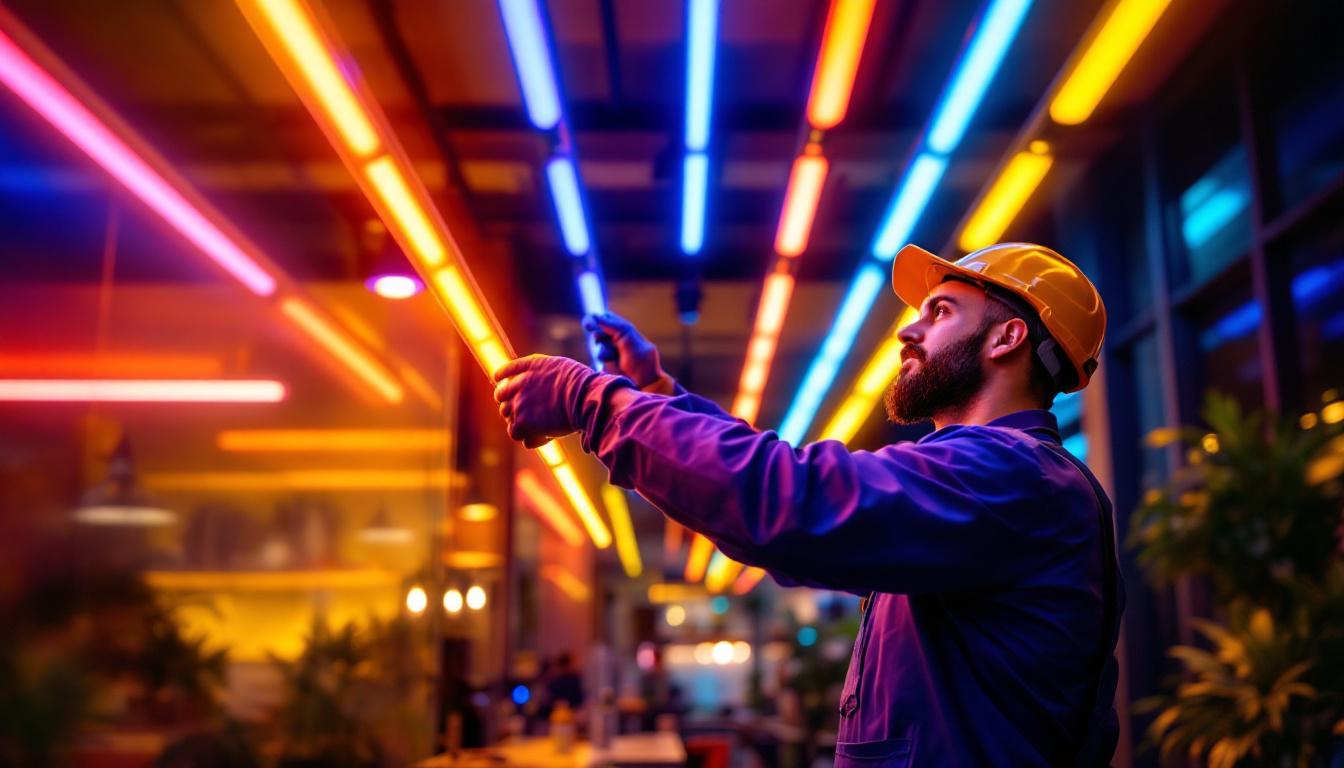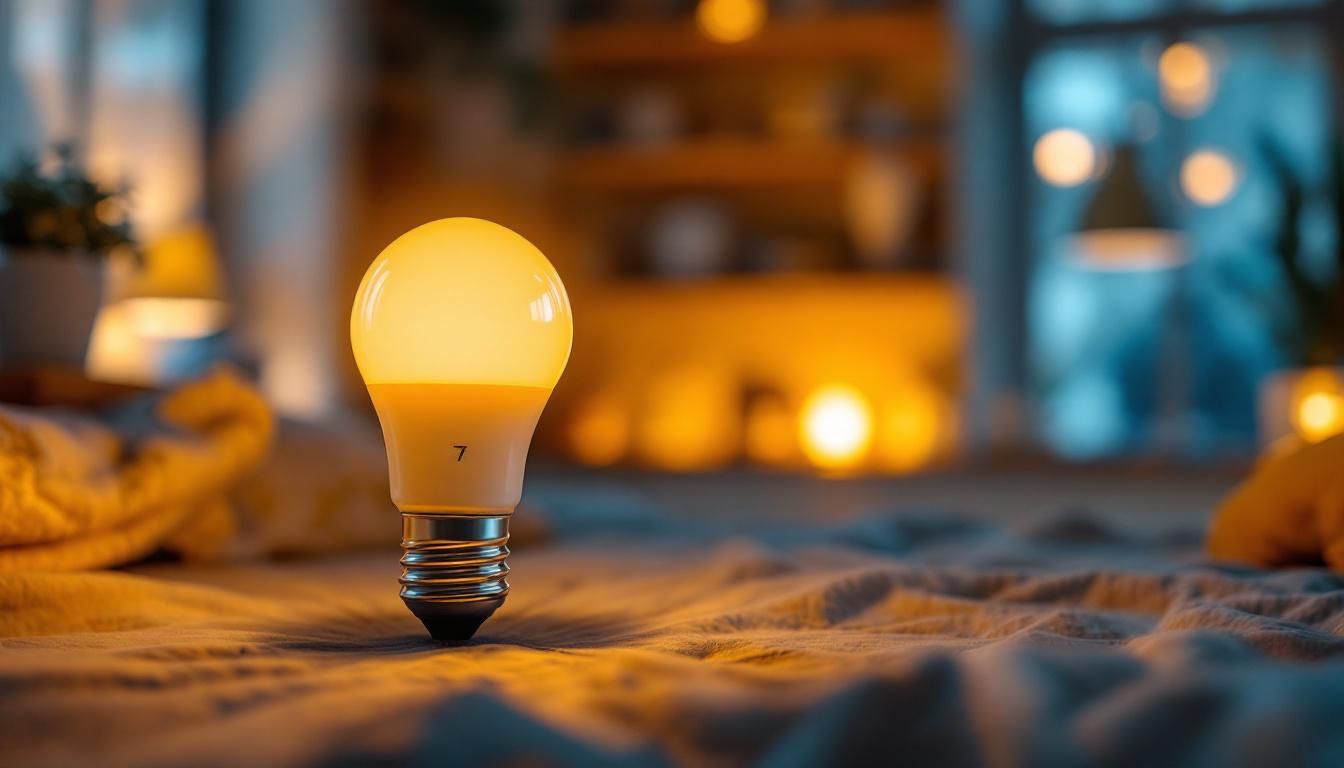
As the world of interior design continues to evolve, so too does the role of lighting in creating functional and aesthetically pleasing spaces. For lighting contractors, staying informed about the latest trends in lamp ceilings is crucial for meeting client expectations and enhancing project outcomes. This article delves into the current trends in lamp ceilings that every lighting contractor should be aware of, ensuring they remain competitive in a rapidly changing market.
Before diving into the trends, it’s essential to grasp what lamp ceilings entail. Lamp ceilings refer to the various types of lighting fixtures that are installed directly onto or suspended from ceilings. These fixtures can range from recessed lights to elaborate chandeliers, and they play a pivotal role in defining the ambiance of a space.
In recent years, there has been a noticeable shift in how these fixtures are designed and utilized. Modern lamp ceilings not only provide illumination but also serve as key design elements that enhance the overall aesthetic of a room. With the rise of open-concept living spaces, the strategic placement and design of lamp ceilings have become even more critical, as they help delineate different areas within a larger space while maintaining a cohesive look.
One of the most significant trends in lamp ceilings is the emphasis on combining functionality with aesthetics. Lighting contractors are increasingly tasked with selecting fixtures that not only light up a space effectively but also contribute to the room’s design narrative. This means that the choice of materials, colors, and styles must align with the overall interior design theme.
For instance, minimalist designs are gaining popularity, where sleek lines and simple forms are favored. These fixtures often incorporate energy-efficient LED technology, providing bright, focused light while maintaining a clean, uncluttered look. The result is a harmonious blend of form and function that appeals to modern homeowners. Additionally, the use of smart lighting systems is on the rise, allowing homeowners to control brightness and color temperature through apps or voice commands, further enhancing the versatility of lamp ceilings.
Another trend that is reshaping lamp ceiling designs is the use of layered lighting techniques. Lighting contractors are now encouraged to think beyond traditional single-source lighting. Instead, they are integrating multiple light sources to create depth and dimension within a space.
This approach involves combining ambient, task, and accent lighting to achieve a well-rounded illumination scheme. For example, a living room might feature recessed ceiling lights for general lighting, pendant fixtures over a coffee table for task lighting, and wall sconces to highlight artwork. Such a layered approach not only enhances functionality but also adds visual interest to the ceiling and overall room design. Moreover, the strategic use of dimmers can transform the atmosphere from bright and energetic during the day to soft and intimate in the evening, allowing homeowners to tailor the lighting to suit various activities and moods. This versatility is particularly valuable in multifunctional spaces, where the same area may serve different purposes throughout the day.
The materials used in lamp ceilings are also evolving, with innovative options becoming more prevalent. Lighting contractors should be aware of the various materials that can enhance the design and functionality of lighting fixtures.
From metals and glass to sustainable materials like bamboo and recycled plastics, the choice of material can significantly impact the aesthetic and environmental footprint of a project. Additionally, the trend towards using mixed materials is gaining traction, where different textures and finishes are combined to create unique and eye-catching designs.
As sustainability becomes a priority for many homeowners, eco-friendly lighting solutions are increasingly in demand. Lighting contractors should familiarize themselves with energy-efficient options that not only reduce energy consumption but also appeal to environmentally conscious clients.
LED lighting has become a staple in eco-friendly designs, offering longevity and reduced energy use compared to traditional incandescent bulbs. Additionally, solar-powered fixtures are gaining popularity for outdoor spaces, providing an energy-efficient alternative that harnesses natural sunlight.
The rise of smart home technology is another trend that lighting contractors must consider when designing lamp ceilings. Smart lighting systems allow homeowners to control their lighting through mobile apps or voice commands, providing convenience and customization.
Integrating smart lighting into lamp ceilings can enhance the user experience significantly. Features such as dimming capabilities, color temperature adjustments, and programmable schedules allow homeowners to tailor their lighting to suit various activities and moods. As a result, lighting contractors should stay updated on the latest smart lighting products and installation techniques to meet client demands.
When it comes to lamp ceilings, architectural considerations play a crucial role in the overall design and functionality of lighting fixtures. Lighting contractors must collaborate closely with architects and interior designers to ensure that the chosen fixtures complement the architectural elements of a space.
For instance, in spaces with high ceilings, oversized fixtures can create a dramatic focal point, while in smaller rooms, flush mounts or recessed lighting can help maintain a sense of openness. Understanding the architectural context is vital for selecting the right fixtures that enhance both the lighting and the overall design.
The height of a ceiling significantly influences the choice of lighting fixtures. In rooms with higher ceilings, pendant lights or chandeliers can add elegance and draw the eye upward, creating a sense of grandeur. Conversely, in spaces with lower ceilings, flush mounts or low-profile fixtures are preferred to avoid overwhelming the room.
Lighting contractors should also consider the scale of the fixtures in relation to the room size. Oversized fixtures can create a stunning visual impact in larger spaces, while smaller fixtures may be more appropriate for intimate settings. Balancing scale and proportion is key to achieving a cohesive and inviting atmosphere.
Accent lighting is another architectural consideration that can enhance the visual appeal of a space. By strategically placing fixtures to highlight architectural features such as beams, columns, or niches, lighting contractors can create a dynamic interplay of light and shadow.
Using adjustable fixtures, such as track lighting or recessed spots, allows for flexibility in directing light where it is needed most. This technique not only adds depth to the design but also draws attention to unique elements within the space, making them stand out.
The color of lighting fixtures is an essential aspect that can influence the mood and style of a room. Lighting contractors should be aware of the current color trends that can enhance their designs and appeal to clients.
Neutral tones, such as whites, blacks, and grays, continue to dominate the market, providing versatility and timelessness. However, bold colors are also making a comeback, with vibrant hues being used to create statement pieces that add personality to a room.
Another important consideration is the color temperature of the light itself. Warm light sources, typically around 2700K to 3000K, create a cozy and inviting atmosphere, making them ideal for living spaces and bedrooms. In contrast, cooler light sources, ranging from 4000K to 5000K, are often preferred for workspaces and kitchens, where clarity and focus are essential.
Lighting contractors should guide clients in selecting the appropriate color temperature for their spaces, considering the intended use and desired ambiance. This knowledge ensures that the lighting not only illuminates but also enhances the overall experience of the room.
The finish and texture of lighting fixtures can also play a significant role in the overall design. Matte finishes are becoming increasingly popular, offering a modern and understated look. On the other hand, polished or metallic finishes can add a touch of glamour and sophistication.
Additionally, textured surfaces, such as frosted glass or woven materials, can create interesting light patterns and enhance the visual appeal of fixtures. Lighting contractors should consider how different finishes and textures can complement the overall design scheme and elevate the aesthetic of the space.
Outdoor lighting is an area where lamp ceilings are gaining traction, particularly as homeowners seek to extend their living spaces to the outdoors. Lighting contractors should be aware of the trends in outdoor lamp ceilings that can enhance outdoor environments.
From patios to gardens, outdoor lamp ceilings can create inviting atmospheres that encourage outdoor living. The use of weather-resistant materials and finishes is essential for ensuring durability and longevity in outdoor settings.
String lights have become a popular choice for outdoor spaces, providing a whimsical and festive ambiance. Lighting contractors can incorporate these lights into outdoor lamp ceilings, creating a cozy atmosphere for gatherings and events.
Additionally, decorative fixtures such as lanterns or pendant lights can add character and charm to outdoor areas. These fixtures can be designed to withstand the elements, ensuring they remain functional and stylish throughout the seasons.
As sustainability continues to be a priority, solar-powered outdoor lighting solutions are gaining popularity. These fixtures harness sunlight during the day and provide illumination at night without the need for electrical wiring.
Lighting contractors should explore the various solar-powered options available, from path lights to decorative sconces, allowing clients to enjoy eco-friendly outdoor lighting solutions that are both practical and visually appealing.
In the ever-evolving world of lighting design, staying informed about the latest trends in lamp ceilings is essential for lighting contractors. By understanding the importance of functionality, aesthetics, and architectural considerations, contractors can create spaces that not only meet client needs but also enhance the overall design narrative.
From innovative materials and smart lighting integration to outdoor solutions and color trends, the possibilities for lamp ceilings are vast and exciting. By embracing these trends, lighting contractors can elevate their projects and provide clients with exceptional lighting solutions that stand the test of time.
Ready to bring these cutting-edge lamp ceiling trends to life in your next project? Look no further than LumenWholesale, where we provide lighting contractors with the highest quality, spec-grade lighting products at unparalleled wholesale prices. Our extensive selection is designed to meet the most rigorous industry standards, ensuring your projects shine with reliability and performance. Plus, with free shipping on bulk orders, you can secure premium lighting solutions at the best value—without any hidden costs. Elevate your lighting game and experience the ultimate in quality, affordability, and convenience. Wholesale Lighting at the Best Value is just a click away.

Discover the benefits and applications of 400 Watt LED High Bay Lights tailored for lighting contractors.

Explore the advantages and challenges of commercial LED lighting for contractors.

Discover how color LED tube lights can boost profits for lighting contractors.

Discover how the Type B Bulb 7 Watt enhances energy efficiency, reduces electricity costs by up to 80%, and offers eco-friendly lighting solutions—save money and go green today!.